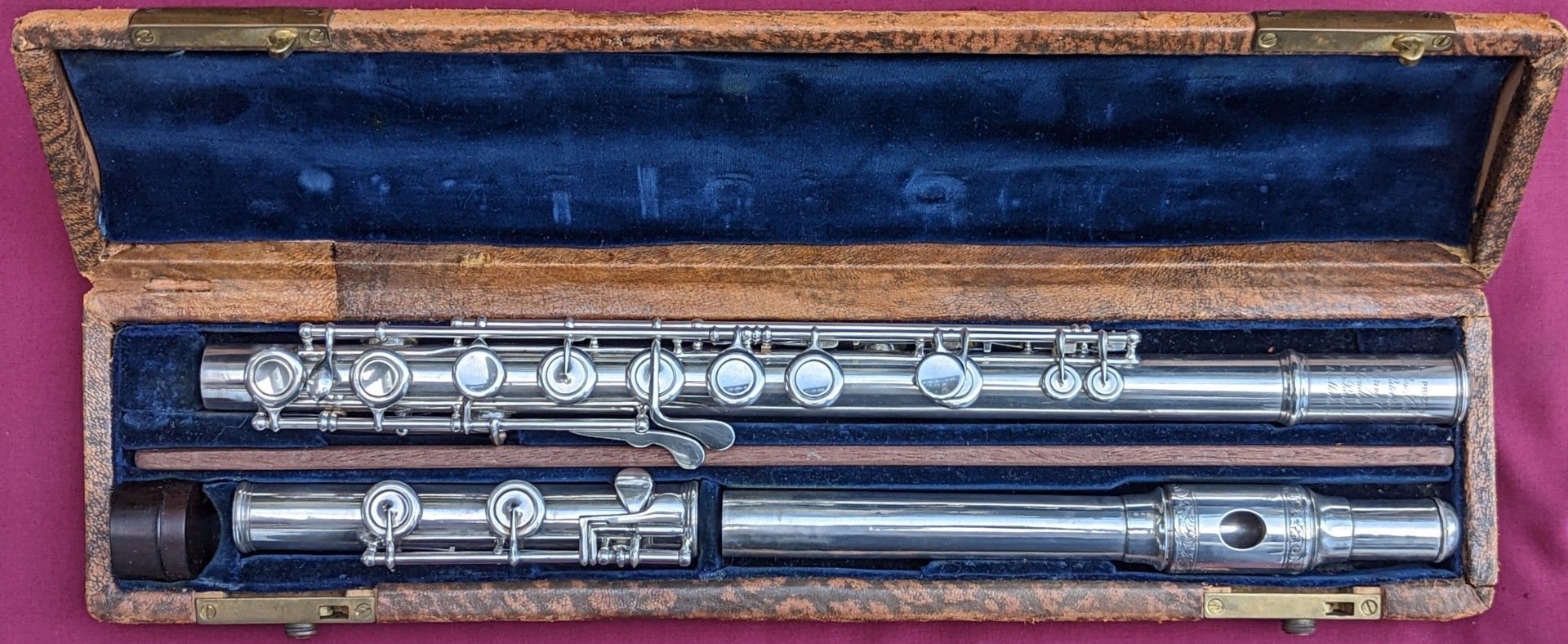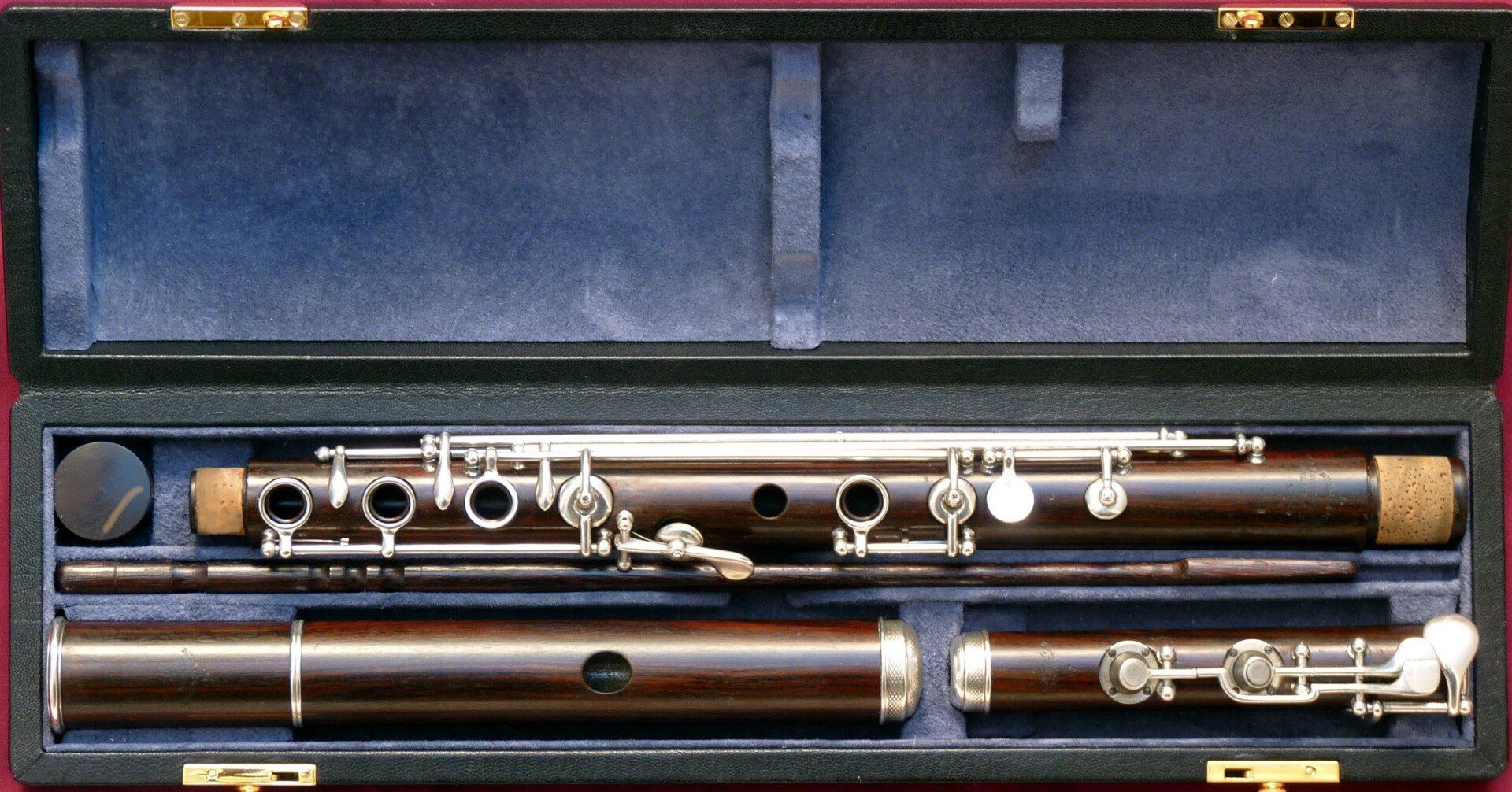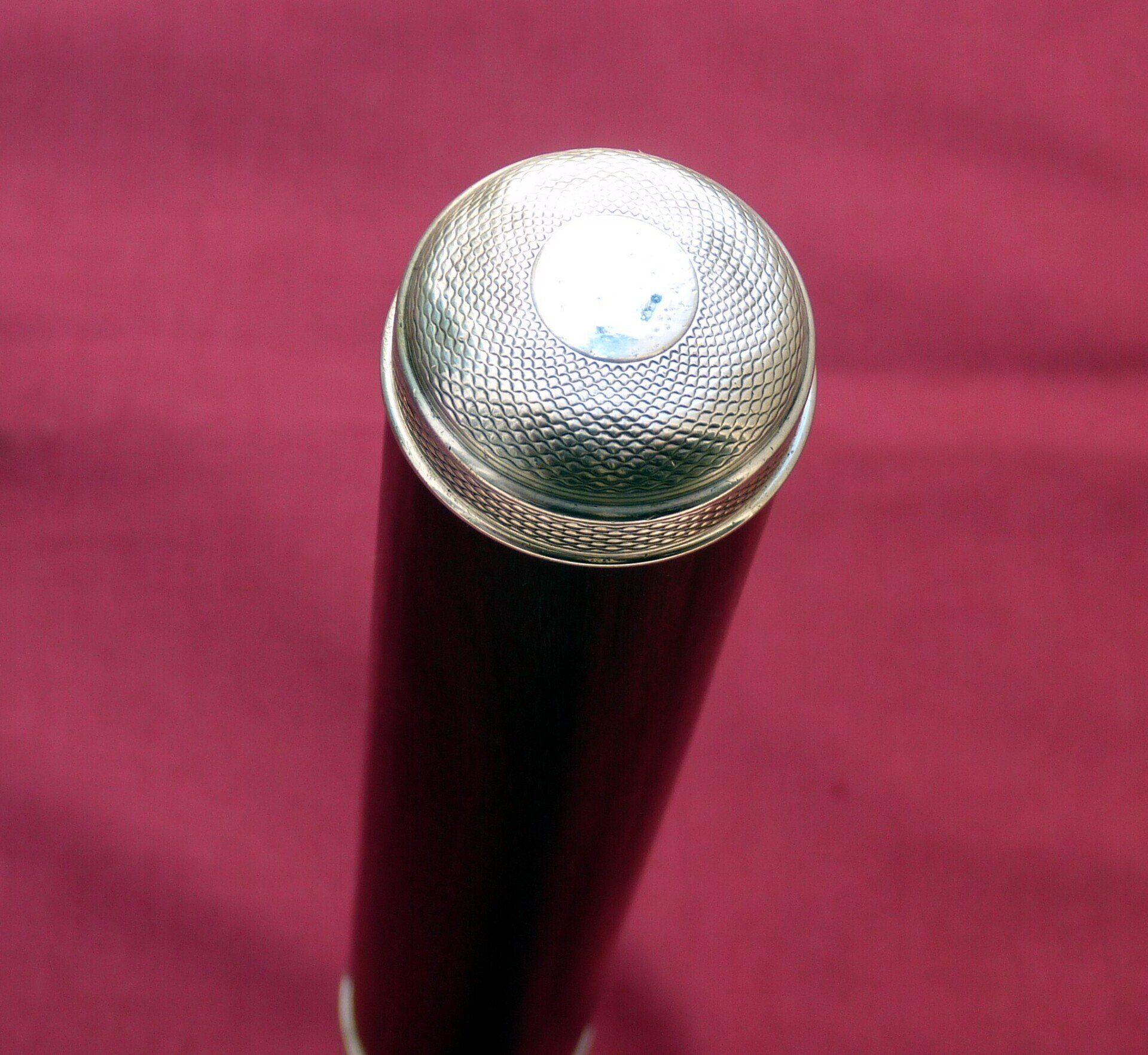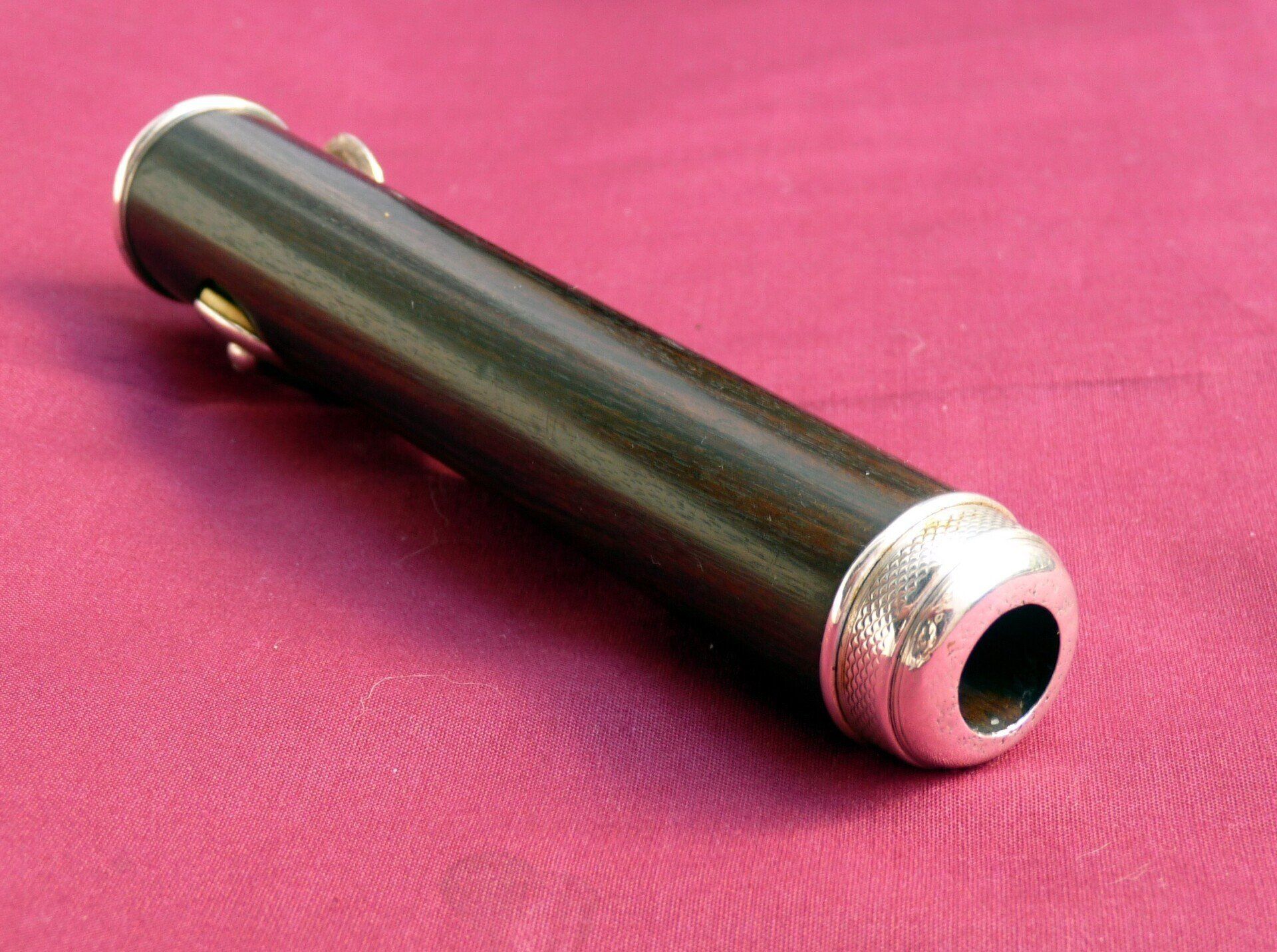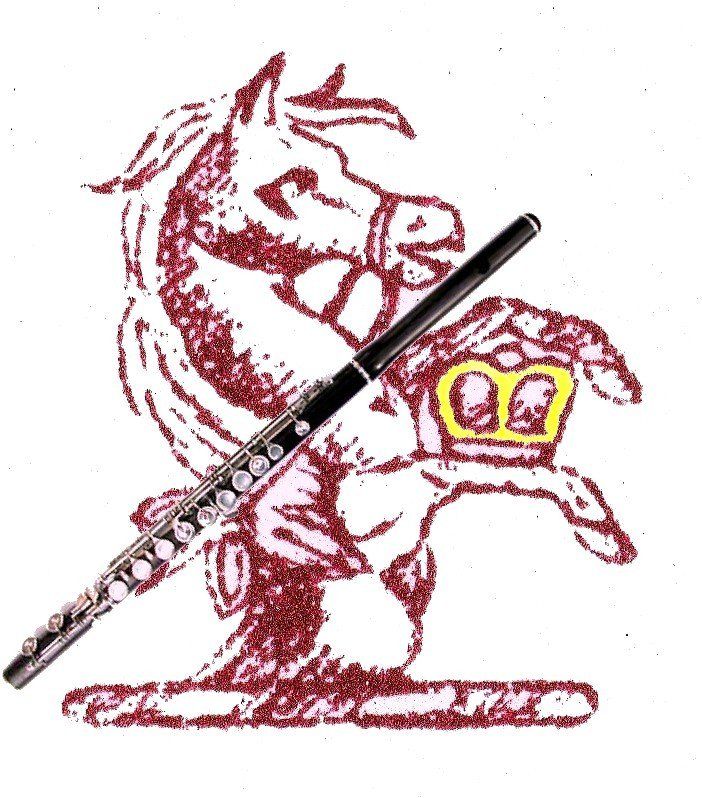WORKSHOP
We specialise in the restoration and recommissioning of
classic flutes by Rudall Carte & Co.
and associated makers.
Current projects include: Wyl
Rudall Carte & Co was the Rolls Royce of flutemakers. For 80 years, between 1878 and 1958, this London company handmade concert flutes in their premises at 23 Berners Street that were the obvious choice of all professional and good amateur players in Britain, Australia, South Africa, etc., and which were also popular in Italy, Germany, and the USA.
Rudall Carte's seven-year apprenticeship scheme produced many fine craftsmen, augmented by established makers attracted from abroad. There was no division of labour, so each flute was the work of a single craftsman and reflected his character within the parameters of the Rudall Carte design, overseen by a foreman who demanded the highest standards.
With a new appreciation for fine handcrafts, and an increasing interest in wooden flutes, these wonderful instruments are again being played in earnest in professional and amateur settings.
Restoration and recommission

RESTORATION: The flute is completely stripped down to its component parts. Worn tubing is replaced and all aspects of the mechanism brought up to as-new condition. With this level of attention, these wonderful flutes play like new.
RECOMMISSION: We address problems of wear, damage, and old repairs, then repad. This will be suitable only for flutes that are generally in very good condition.
We are always keen
to preserve a flute's identity and integrity. This is particularly apposite for classic Rudall Cartes. With each job a balance must be struck. Our well-stocked spares cupboard allows us to replace like-for-like tubing, keys, steel rods, etc. Because each flute is different, we usually have to adapt a spare part to fit. If necessary we have the facilities to make new parts. Cleaning is meticulously carried out by hand in order to avoid damage and to preserve patina. Padding is done in the traditional way by floating on shellac. Where appropriate we make and fit keycup inserts to improve consistency, though these are not permanently fixed.
Our restored Rudall Cartes
retain their character yet play like new.
This Rudall Carte was made in 1907 for the great Italian flautist Alberto Veggetti, then resident in London and playing in the orchestra at Covent Garden. It is the work of Eugene Goulliere, one of Carte's finest craftsmen who as usual marked his handiwork with scroll clutches. Veggetti's specification followed that of contemporary Italian makers, with open holes, B-foot, an extra lever and touch for LH4 Eb or C sharp, and another for RH1 G sharp. These allow for a variety of alternative fingerings.
The flute came to us from Argentina, where Veggetti worked for some years at the Teatro Colón in Buenos Aires. The mechanism was in poor condition, so we rebuilt much of it on replacement Carte silver tubing and reinstated the RH G sharp lever. Its new owner matched it with one of our Haswell silver-lined head joints, which suits this flute's big character.
Recommissioned and restored Rudall Cartes are satisfying to own and a pleasure to play. This is hardly suprising since when new they were the finest flutes on the market.
Increasing demand for wooden flutes has brought a new focus on Rudall Carte. Their scale was based on Boehm's original measurements, giving their flutes excellent intonation. They used the finest cocus, considered the best wood for wind instruments but now unavailable. Restoration addresses the problem of today's over-exploitation of tropical hardwoods.
Cartes were also made with bodies made from crack-resistant ebonite, a material that gives a clear rich sound that was popular particularly with solo performers, and which is valued again in our world of heatwaves, central heating, and air conditioning.
Rudall Carte mechanisms were handmade, each the work of a single craftsman, the finest of their generation brought from across Europe to London. Every flute is different and carries the character of its creator and its history. We honour the spirit of the original craftmen - and what a privilege, since these were some of the greatest ever flutemakers. By returning their flutes to as-new playing condition we enable today's flautists to enjoy and rely on them in any setting.
This early Carte-system silver flute dates from the mid-1850s. The silver tubes, keys and touches are remarkably light and thin, characteristics that were already lost by the 1860s, perhaps because they proved vulnerable to damage. Another feature of this early version is the inversion of the footjoint touchpieces.
This example has survived remarkably well. Intonation is very good at around A=446. We needed to solder back tonehole saddles, rebuild some keywork, and restore the footjoint strap and posts. Now playable after several decades, the flute has a sweet lyrical voice, and the Carte-system is straightforward and makes a lot of sense.
We were delighted
to restore this rare Rudall & Rose, one of the first made to Boehm's original design between 1843 and 1847. It had languished in a cupboard for 75 years. Although generally in excellent - even remarkable - condition, we needed to rebuild some of the keyword including the G sharp. The tuning slide is a hangover from 8-key flutes and allows a range of pitches. The flute plays with good intonation at A=440. The case by Chris Raven is a careful reproduction of the original.


